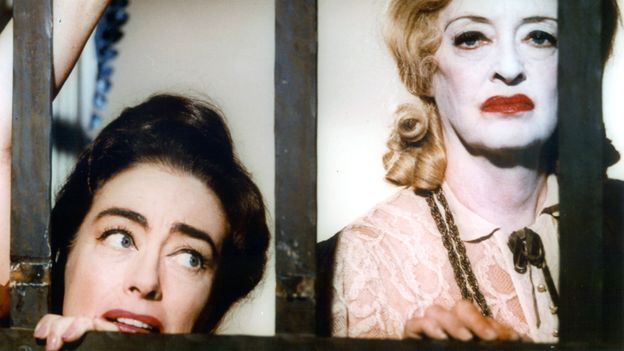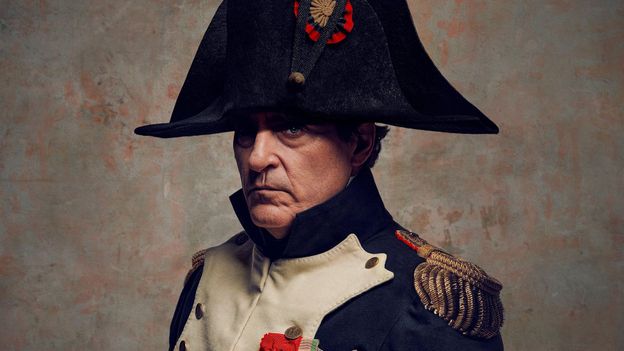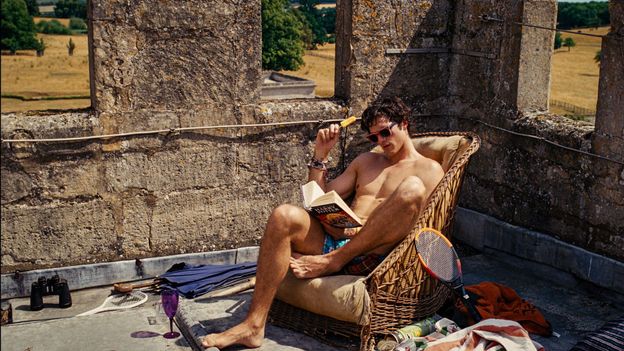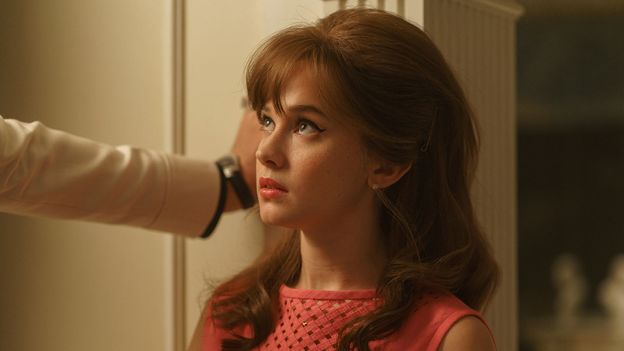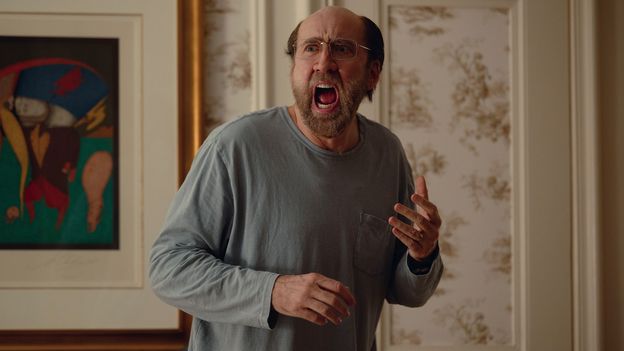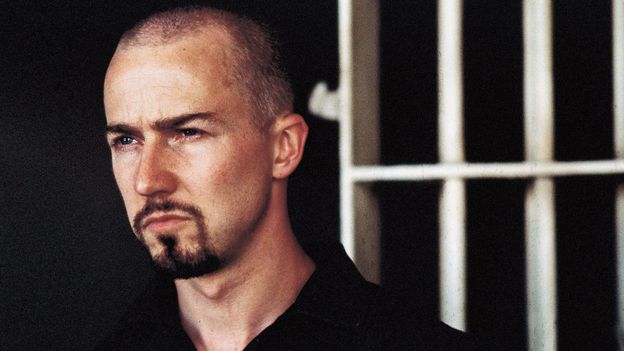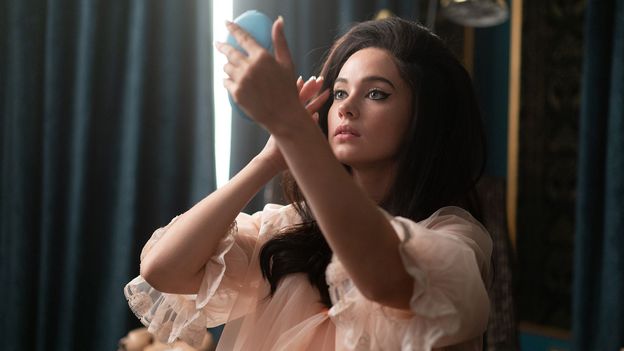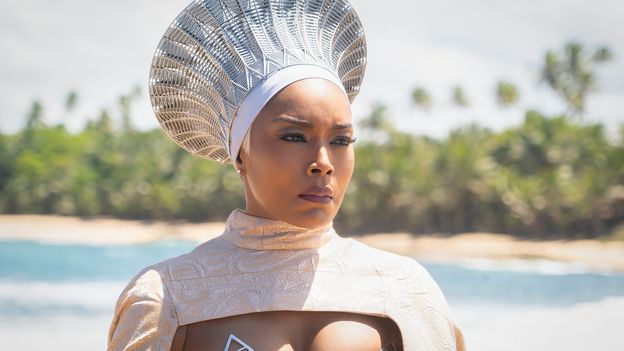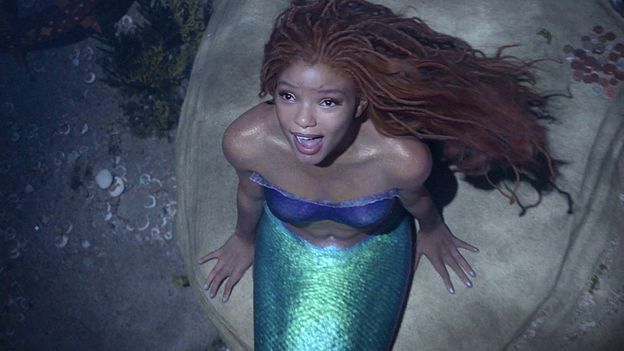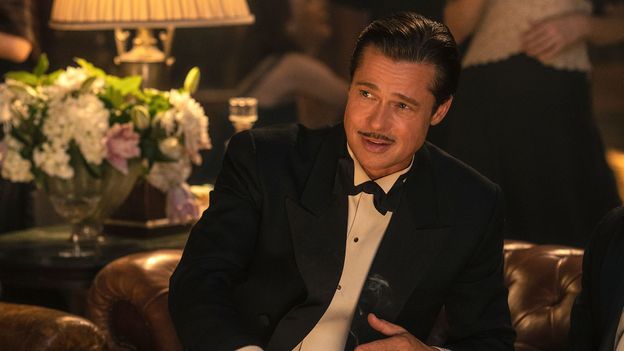However, 1950’s Sunset Boulevard, and Gloria Swanson’s starring performance as Norma Desmond, had proved the story of a scorned, delusional older woman could be powerful. And in the shadow of Alfred Hitchcock’s enormously successful Psycho (1960), Warner knew that low-budget horrors centered around reclusive eccentrics, who carried baneful secrets, could still shake up audiences. If you believe 2017’s Feud – Ryan Murphy’s television drama that explored Davis and Crawford’s love-hate relationship – Warner (played by Stanley Tucci in this limited series) was just excited by the prospect of being able to watch the dailies over a morning coffee, howling with laughter as the friction from his two leads burned on to the projector.
Released on Halloween 60 years ago, What Ever Happened To Baby Jane? defied all of Warner’s low expectations. Although it didn’t necessarily resonate with critics immediately (“This isn’t a movie, it’s a caricature!” wrote the Chicago Tribune in a scathing review), it notched up five Oscar nominations, and drew in diverse audiences who were deeply compelled by the film’s depiction of a toxic sibling rivalry and two women desperately fighting to escape self-imposed cages. Made for $900,000, it took in $9m at the box office (which – adjusted with inflation – would amount to $90m today).
Davis plays former child star Baby Jane Hudson, who has gone from smugly tap dancing on sold-out stages and demanding ice cream as a screaming schoolgirl diva, to becoming a washed-up loner. Despite the passing of Father Time, Jane still garishly dresses like her nine-year-old self, complete with pigtails and a face full of white powder that struggles to hide the wrinkles. Davis perfectly tows the line between misplaced childhood innocence and scornful anarchy, her split personalities the result of a life that was once full of glamour, and is now desolate.
Crawford plays the less imposing sister, Blanche, who escapes Jane’s oppressive shadow to become a successful (and much more graceful) Hollywood star in her own right, before a mysterious car accident destroys a once promising future. As a shivery has-been in a wheelchair, Crawford grounds the film, setting off Davis’s high theatrics and providing a constant target for her character’s unhinged jealousy. Whenever Crawford and Davis are together on screen it’s explosive, emotional, and impossible to look away.
A lot of the enduring fascination with the film (which in 2021 was preserved by the US Library of Congress for being “historically significant”) springs from the drama of these actresses’ infamous off-screen rivalry. Reports at the time suggested that a scene where Jane viciously assaults Blanche with a series of devastating kicks wasn’t really acting at all. Meanwhile according to Davis, Crawford, perhaps bitterly angry she had been overlooked for a best actress Oscar nomination in favour of her co-star for a film she had championed long before Davis was on board, allegedly used her Hollywood connections to ensure Davis lost out on the gong at the 1963 Oscars; that was a charge Crawford herself denied. “Joan did not want me to have that Oscar!” an elderly Davis exclaimed in an interview with Barbara Walters years after the dust had settled.
The Baby Jane-a-likes that followed
But beyond all this gossip and conjecture, the most significant legacy of What Ever Happened To Baby Jane? can be found in the films it spawned. In the years following its release, Hollywood started producing a string of so-called “Hagsploitation” movies, which like Baby Jane, provided veteran actresses including Barbara Stanwyck, Tallulah Bankhead, Shelley Winters and Debbie Reynolds with villainous, yet deliriously camp roles within horror that ensured their careers could keep on rolling. (This sub-genre has gone by other names including “psycho-biddy horror”, “hag horror”, and “Grande Dame Guignol”, all of which similarly revel in the idea of women developing a lunacy sparked by old age.)

